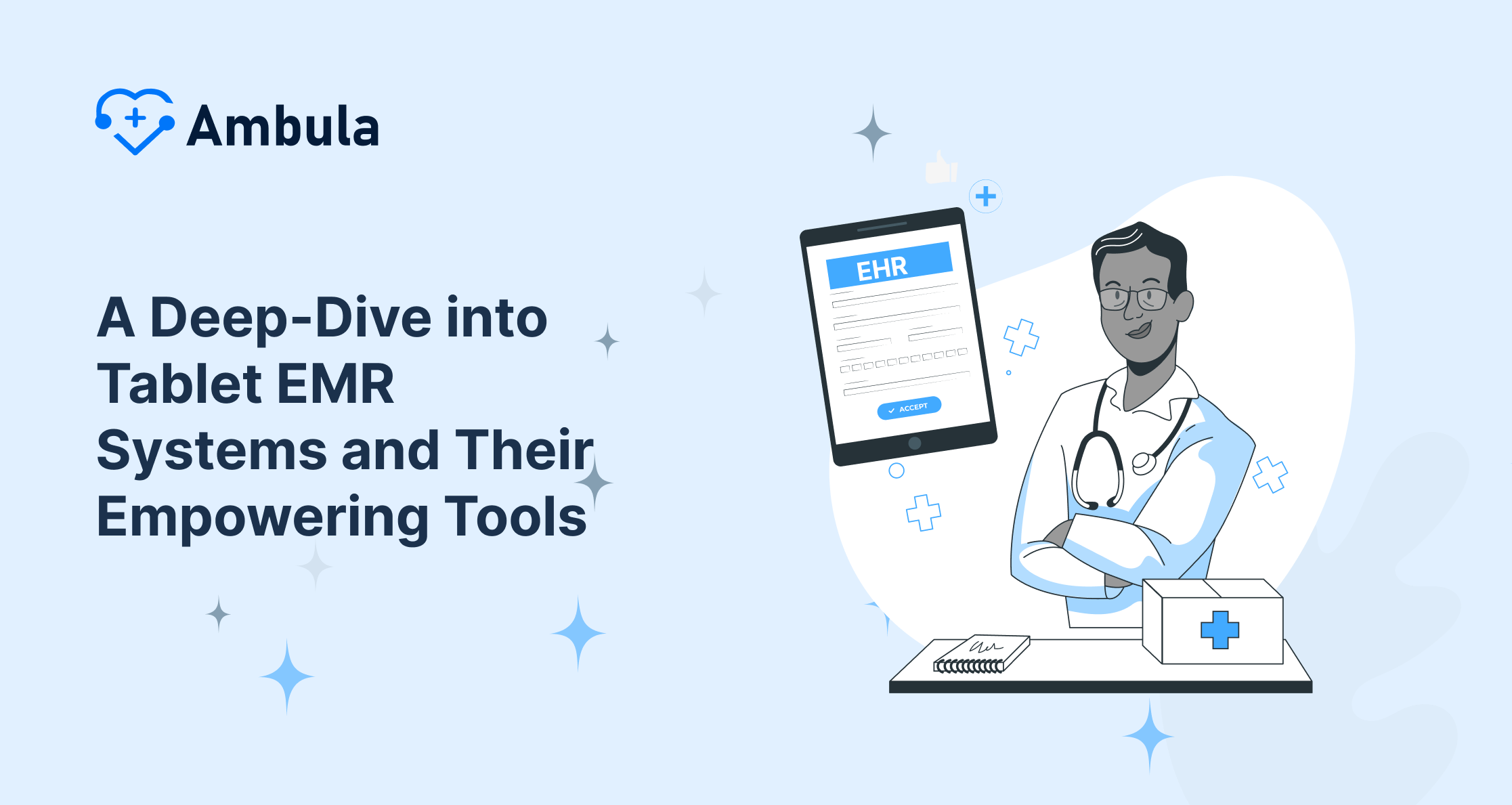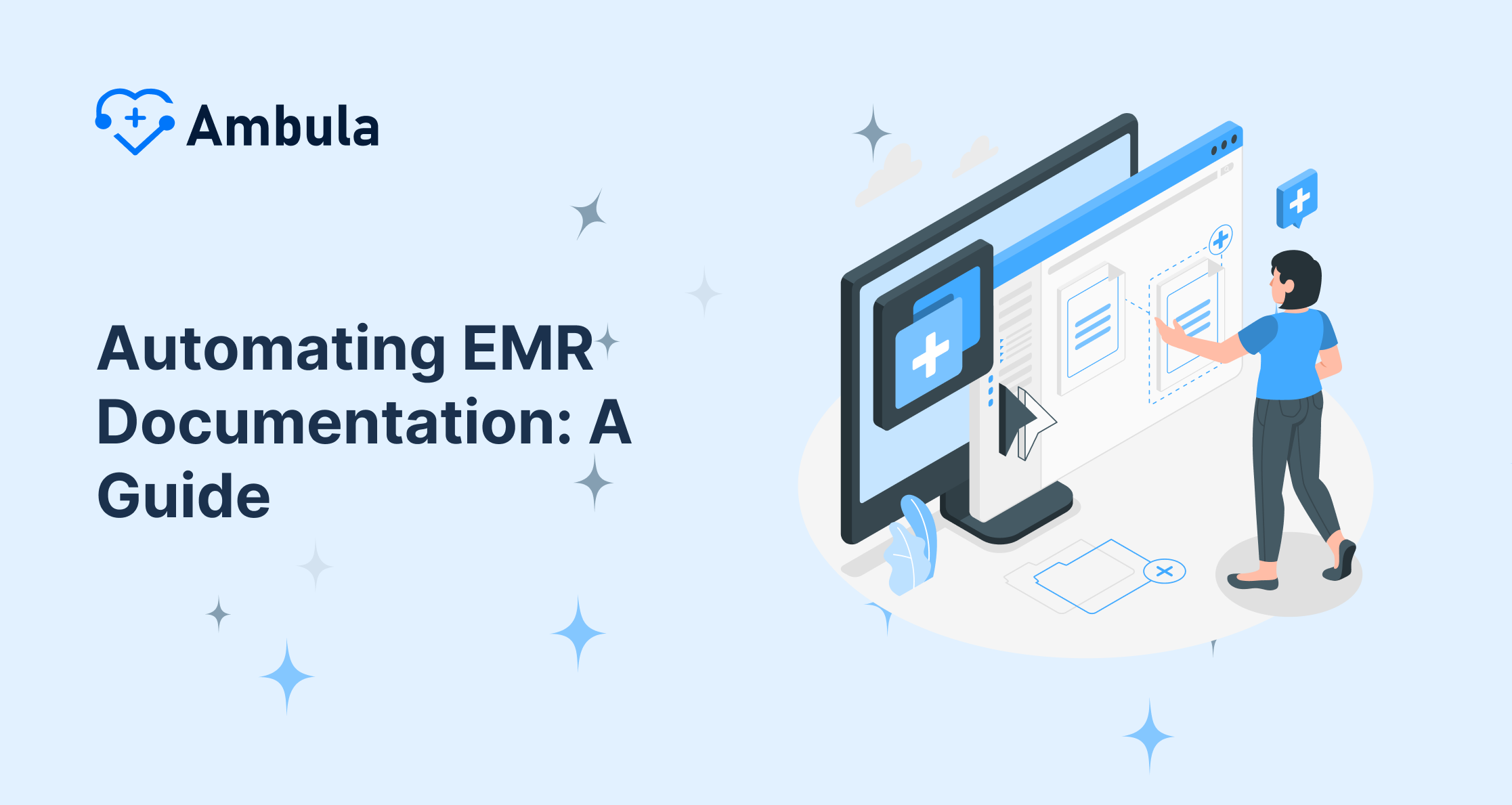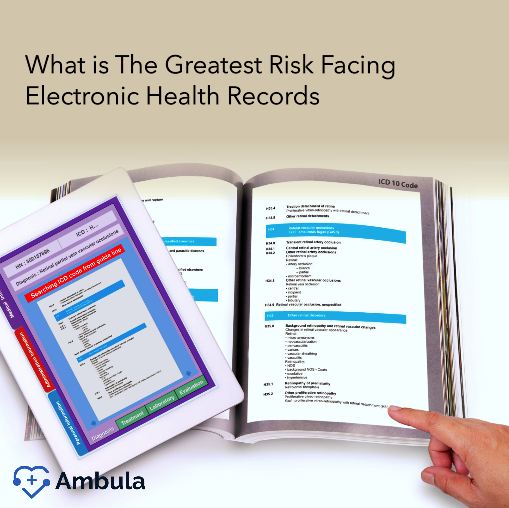Challenges sneak in around every corner, be it through convoluted electronic health record (EHR) systems, wearables that spew out more data than is manageable, or AI tools that promise much but require a monumental learning curve. You’re striving to stay afloat in a sea of innovation, where each wave of new tech brings potential mixed with complexity.
Whether it’s grappling with the learning curves of new platforms or juggling the administrative burdens they can bring, these advancements demand your time and energy—precious resources in your tireless efforts to save lives and promote well-being.
And let’s not overlook the classic dilemma of compelling technology poor on user-friendliness. Ever faced a system interface that feels like it needs a Rosetta Stone to decipher? You’re not alone. Considering that a chunk of your day can involve interacting with these systems, user experience isn’t just a buzzword—it’s a lifeline to efficiency and improved patient care.
So, let’s delve deep. As you read on, you’ll get acquainted with the nitty-gritty of these challenges. You’ll find insights on making these technological tools work for you, not against you. You’ll see a portrayal of the healthcare tech landscape as it stands—with all its promise and puzzles. Let’s embark on this journey to navigate the complex terrain of healthcare technology together, shall we?
Data Privacy and Security
In the digital age, healthcare professionals like you face a growing challenge: protecting the privacy and security of patient data. With cyber threats evolving at an alarming pace, staying ahead of potential breaches is more than just an IT issue—it’s a cornerstone for patient trust and safety.
Electronic Health Records (EHRs) revolutionized the way you manage patient information. However, with this advancement comes the responsibility to safeguard sensitive data from prying eyes. Regulations such as HIPAA in the United States or GDPR in Europe set the standards for compliance, but meeting these requirements is a complex task with ever-shifting goalposts.
Imagine a scenario where a single patient encounter generates dozens of pieces of data—test results, diagnoses, billing information—each needing protection. As a healthcare provider, you have to ensure their confidentiality, integrity, and availability, a triad that, despite its critical importance, poses significant technical and organizational challenges.
The statistics don’t paint a reassuring picture. Recent reports show healthcare as a prime target for cyberattacks, with ransomware incidents on the rise. Even more troubling is the fact that the healthcare industry incurs the highest costs from data breaches compared to other sectors.
Check out these articles after you’re done
Integration and Interoperability
When you tackle the beast of integration and interoperability in healthcare technology, you face one of the most stubborn barriers to seamless patient care. These aren’t just buzzwords; they’re the lifelines that can either streamline your workflow or clog it up like a bad cholesterol score.
Think about the last time you tried accessing patient data from a different department or even another clinic. Was it a smooth sail or a jump through fiery hoops? Chances are, it was the latter. The ability of different healthcare technologies to communicate effectively remains a significant hitch in our digital age. You want a system where data flows freely yet securely, like a well-orchestrated symphony, not a cacophony of mismatched instruments.
According to insights from healthcare analysts, a staggering amount of health data remains siloed within incompatible systems. The consequence? You’ve got vital patient information playing a high-stakes game of hide and seek when it should readily be in your hands to make informed clinical decisions.
What brings on such a tangle? Vast amounts of digital health tools and EHRs often lack a common language or standards, which means they’re about as good at talking to each other as smartphones running on different operating systems. This is more than an annoyance; it’s about continuity of caretaking a hit.
Cost and Return on Investment
Stepping up the healthcare game with the latest tech marvels is no small feat, especially when you’re doing the maths on cost versus return on investment (ROI). Here’s the deal – with the giants of tech innovation casting long shadows, the pressure’s on to keep your practice not just current but cutting edge. But let’s face it, the price tag often makes your budget do a double-take, doesn’t it?
Upgrading to an Electronic Health Records (EHR) system that promises smoother operations and better patient engagement? Or perhaps eyeing that state-of-the-art diagnostic machine that could be a game-changer for patient outcomes? You’re staring down hefty investment figures. And while these shiny tools gleam with possibility, the real question is – will they pay off?
You’re not alone in these fiscal waters. Industry surveys suggest that for many healthcare setups, the cost of technology can swallow up to 75% of their new investment budget. That’s a significant pie earmarked for gadgets and gizmos, all in the name of enhanced care and efficiency. But the million-dollar question remains: does the investment translate into tangible benefits?
Determining the ROI in healthcare tech isn’t a walk in the park. Unlike other industries where returns can be neatly tallied up in profit margins, in your world, the gains are often measured in improved patient outcomes, error reductions, and time savings – variables that aren’t always easy to quantify.
The challenges standing in the way of interoperability
1- Managing inconsistent data among multiple sources: this happens when healthcare IT departments attend to big networks. The problem of inconsistent data inside the networks comes from providers placing various data pieces in different places. This can be scanned documents, paper charts, closed-off EMRs, or hospital EMRs.
2- Validating electronic requests for patient data: it is more than important to maintain patient health records privately. This raises the problem of when to process electronic requests for patient data. Sadly, most providers rely on the approval of their electronic system to share patient data. This often slows down workflows and delays appointments.
3- Overcoming the structural resistance to data sharing: some healthcare industry systems don’t like sharing information with other providers or systems. This goes back to competition between healthcare systems in contradiction with the law. This is the fundamental issue for interoperability.
4- Hiring experts to manage interoperability is costly: this applies especially to small organizations.
5- The requirement of keeping information readily available: the Cures Act reports data blockers every day and fines them. Moreover, you must always update your systems to fit new requirements.
Migrating to modern cloud bases systems
Migrating to modern cloud-based systems is a big challenge to healthcare systems. Healthcare systems accelerated cloud adoption due to the pandemic. Thus leaving the organizations at a bigger risk of cyber threats. Namely, some challenges arise when moving to cloud-based environments:
1- Shortages in skills: statistically, a big number of skill gaps come as a barrier to this migration. Learning new platforms or processes takes time!
2- Everyday operations: maintaining and setting policies, misconfigurations, vulnerability, and patching management. These are other obstacles to protecting cloud-based workloads.
3- Heavy costs: a lot spend high capital on paying for contracted services and expenses for migrating to the cloud. Other payments related to training and operational costs with migrations
4- Security authority: cloud migration is not a simple task. Not everyone is confident they can secure their contribution to the Shared Responsibility Model.
Why healthcare UX is poor
Do even designers ask Why healthcare UX is poor? One more answer to what are the biggest challenges in healthcare technology. Typically, healthcare user interfaces appear cluttered and outdated. Leading to overwhelming and confusing user experiences. Unfortunately, software in healthcare is not only old, but it also lacks efficiency. Remember that the healthcare industry faces many challenges to achieving user-friendly platforms. Here’s why:
1- Lack of information architecture: Many EMRs lack information architecture and continue adding information and features without checking in with physicians to determine whether this is important.
2- Bulk of information: so much important data is shuffled in healthcare systems. Design is often a second thought, and they focus mostly on function.
3- Lack of physician-focused experiences: Physicians need systems to work for them, not vice versa. There is a lack of consideration to the day-to-day workflow for physicians. Often, EMRs aim to please healthcare administrators.
4 – Compliance and accessibility: healthcare services and products must be compliant and web-accessible. This creates design challenges. For example, sight-impaired users should be capable of using the website or app.
Technological obstacles in implementing technologies
Some Technological obstacles in implementing technologies include serious digital risk. The complexity of the dominating healthcare delivery model needs layers, networks, delivery models, etc. This exposes the industry to cyberattacks, data privacy, dynamic workforce risks, etc. Poor onboarding and training is another technological obstacle. Finally, strict data integrity and compliance regulations also stand in the way.
To sum it up, many challenges exist in technology implementation, especially on various levels. Accordingly, your choice must aim toward the best solutions for your environment. Start by asking, what are you looking for?
To start your search, don’t refrain from contacting our Ambula healthcare team: (818) 308-4108! And now check out What must a healthcare worker do to achieve patient satisfaction?





